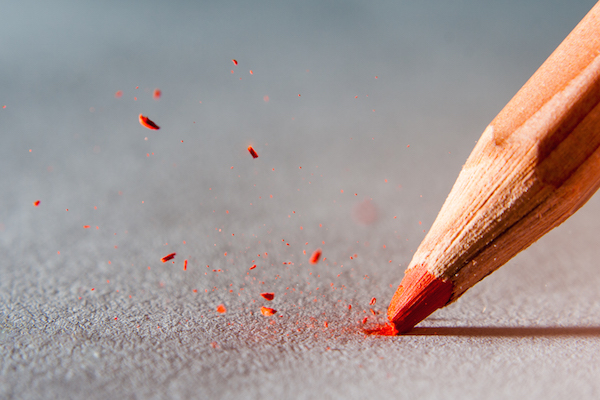
FRIDAY, March 12 (HealthDay News) — Most people will welcome the start of daylight savings time this Sunday because it starts to stay light longer, even if that means the early mornings will be dark once again.
However, that shift may not be such a welcome change for people with seasonal affective disorder (SAD), a seasonal depression that occurs in the fall and winter and is caused, at least in part, by the lack of daylight during these seasons. Some experts suspect that light in the morning may be especially important for helping people with SAD, as well as for jumpstarting circadian rhythms in all people.
“In general, in terms of normal sleep patterns, daylight in the morning is better than light later in the day. Remember, our circadian rhythms were set eons ago to a rhythm that didn’t include daylight savings time, so the shift tends to throw people off a bit,” said Dr. Nicholas Rummo, director of the Center for Sleep Medicine at Northern Westchester Hospital in Mt. Kisco, N.Y.
“Daylight savings time is anti-physiologic, and it’s a little deleterious, at least for several days,” he said, adding that research has shown that the rate of auto accidents goes up slightly in the days following the change to daylight savings time.
For people with SAD, he noted, the shift in daylight may be even more difficult. “Normally, people with SAD start to feel better around this time of the year, and light earlier in the day is more helpful for them,” said Rummo.
Seasonal affective disorder is a type of depression that appears during the colder months of the year, and symptoms tend to be at their worst in January and February, according to the American Psychiatric Association. Symptoms of SAD include fatigue, a lack of interest in usual activities, social withdrawal, weight gain and a craving for foods high in carbohydrates, according to the association.
“The hallmark of seasonal affective disorder is a pattern of depression that occurs in the fall and winter months that improves in the spring. There’s a definite seasonal pattern,” explained Dr. Emil Coccaro, the E.C. Manning professor and chairman of the department of psychiatry and behavioral neuroscience at the University of Chicago. “They have a major depression in the fall and winter when there’s less light and they recover when there’s more and more light.”
The main treatment for SAD is exposure to bright lights, he said. And, during the fall and winter, people with SAD do this using light boxes that flood extra light into an area.
Previous research, reported in the Proceedings of the National Academies of Sciences, has suggested that bright light treatment is most effective when done in the morning for people with SAD.
Rummo said that people on the Western edges of a time zone, and those living in Northern areas, may be affected a little bit more because they already experience more darkness in the morning.
“This is something that people should be a little bit aware of,” said Rummo. But, he noted, it’s also important to remember that it is just an hour, and everyone, including people with SAD, will eventually adjust to the switch.
And, Coccaro added that for people with SAD, the amount of light you’re exposed to during the day is likely more important than the timing of that light exposure.
More information
Read more about seasonal affective disorder from the National Alliance on Mental Illness.

